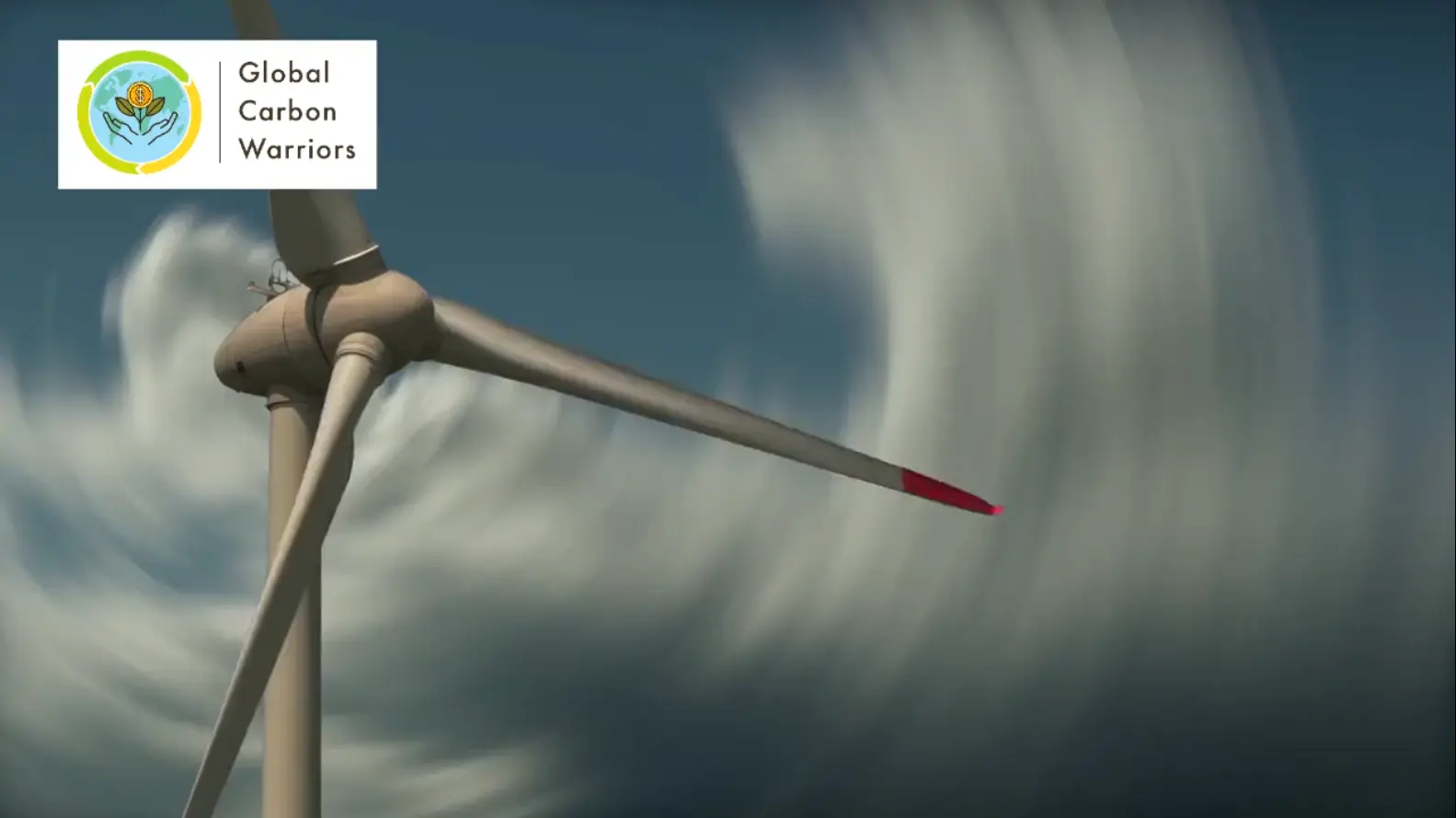Is Net Zero Possible?
Carbon Neutral World - A Reality?
This is for those who are not familiar with the difference between Carbon neutrality and Net zero. Both terms are for combating climate change, focused...
Achieving Carbon neutrality can be much more earlier than Net Zero. Both terms are for combating climate change, focused more on balancing the current emissions and carbon reductions with negative or zero or low emissions. Carbon-Neutrality is focused more on balancing the current Carbon emissions. Net zero is about focusing on balancing all greenhouse gas emissions including carbon emissions and GHG reductions across all the supply chains and sectors. For this, United nations and major organizations have pledged to reach Net zero and Carbon-Neutrality by 2050. Based on their feasibility, some countries have decided to achieve it much before 2050. Small countries like Bhutan, Madagascar, Panama, Suriname are already carbon-neutral. To make the world Carbon-Neutral and Net-Zero by 2050, is a larger-than-life purpose that many people are finding worthwhile to adopt now. We certainly owe to pass on a healthy planet to the next generation. To reach the goal, organizations world over are encouraged to offset their carbon footprint by buying carbon credits. Buying carbon credits is like capitalizing the offsets which were already achieved. Hence these efforts are not enough to make significant strides towards the goal. Need to invest in the green programs or projects, which have potential to reduce the present carbon emissions, year after year. All climate actions like walking up a staircase instead of taking an elevator is good, but are not impactful climate actions, really. Now Let us look at the big picture of the cost involved. The McKinsey report estimated that the cost of achieving net zero will be $9.2 trillion per year. The world is already spending $5.7 trillion a year to lower the impact of fossil fuels and use alternatives. However, an extra $3.5 trillion, every year will be needed towards alternative energy sources and land use including agriculture, to achieve a carbon-Neutral and Net-Zero world, the report said. This amounts to spending over 3.5% of the world GDP, more than the usual spend. But the global defense spend itself is around 2.25% (approximately 2 trillion dollars) of a total world GDP of $85 trillion. So, the big question is whether the countries will have extra resources to spend additional 3.5% of their GDP. The writing is on the wall. There is a huge gap, which may stall us from achieving the carbon neutral world by 2050. This is why all individuals must take steps to complement the mega initiatives, by offsetting their own carbon footprint. The most impactful way can be by supporting programs to reduce the world’s carbon emissions. You can calculate the carbon footprint of your family or your own enterprise. The link is below on the site. Come, Join the Tribe. Let's Fight Carbon emissions, Together. A Tribe Of Professionals, Cleantechs & Investors.Video Page

Apex Panel











